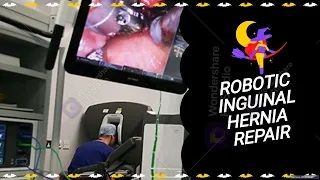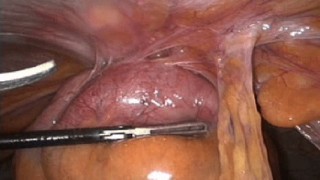Video on the pros and cons of laparoscopic ventral and incisional hernia repair
Add to
Share
70 views
Report
1 week ago
Description
The objective of this lecture is to analyze the surgical techniques, perioperative complications, and recurrence rates of laparoscopic ventral hernia repair (LVHR), including comparative hernia repair with open ventral hernia repair (OVHR), based on international literature. Incisional hernia is a common long-term complication of abdominal surgery and is estimated to occur in 3% to 13% of laparotomy incisions. There are several variations in the methodology used by surgeons in the laparoscopic technique, although all follow several common steps. The procedure begins with entry into the peritoneal cavity, using either a Veress needle, an open Hasson technique, or an optical trocar that allows visualization of the layers of the abdominal wall during entry. Palmer's point is the preferred site for entry. This lecture indicates that LVHR is a safe and effective approach for abdominal wall hernias. The technique offers the advantages of a laparoscopic approach, namely, a shorter hospital stay, less postoperative pain, and earlier recovery. The procedure carries an acceptable risk of complications compared to open surgery, a lower risk of recurrence, and an excellent cosmetic outcome. It is considered a good alternative to its open counterpart, at least in experienced hands.
Similar Videos






